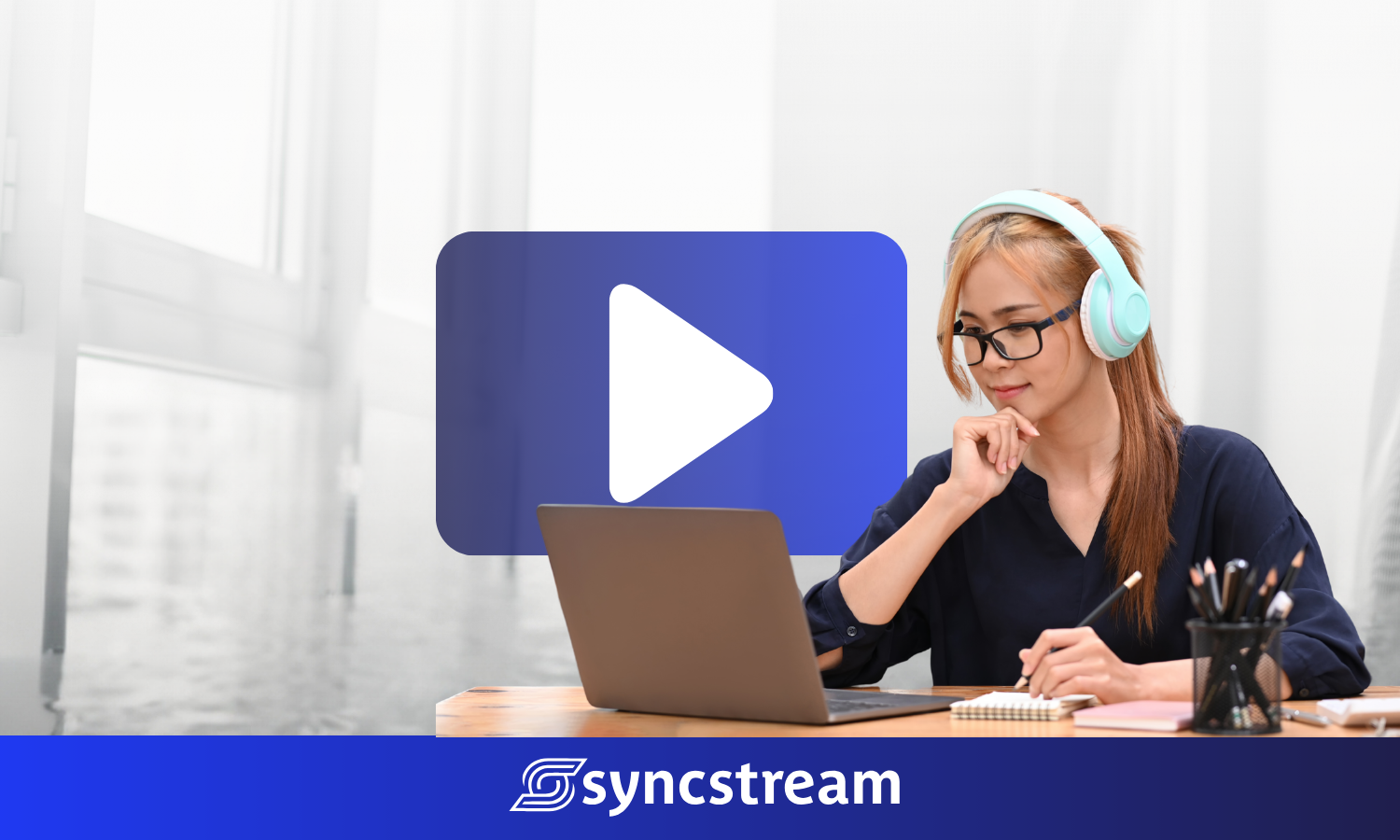Understanding the Reporting of Level Funded Health Plans for ACA: Self-Funded or Fully Insured?
Self-Insured Plans or Fully Insured Plans for the ACA

Level-funded health plans have gained popularity among employers looking for a balance between the flexibility of self-funding and the stability of fully insured health plans. When reporting these plans under the Affordable Care Act (ACA), it's important to understand their classification and the requirements for accurate reporting. In this article, we will explore whether level-funded health plans are considered self-funded or fully insured and discuss the inclusion of dependents on the 1095-C form.
Classification of Level-Funded Health Plans
Level-funded health plans are a hybrid option that combines elements of self-funded and fully insured plans.
These plans are typically offered to small and mid-sized employers who want more control over their health benefits while limiting their financial risks. Understanding the classification of level-funded health plans is crucial for proper reporting under the ACA.
Self-Funded or Fully Insured?
Level-funded health plans are generally considered self-funded, although they resemble fully insured plans in some aspects. Let's break down this classification:
1. Self-Funded Features: Level-funded plans share similarities with self-funded plans because employers directly assume the financial risk for the claims paid for employees. Employers pay a fixed monthly amount to a third-party administrator (TPA), which handles the plan administration and claims processing. The employer's contributions and employees' premium payments cover healthcare expenses. Stop-loss insurance protects the employer from catastrophic losses if the claims exceed the total contributions.
2. Fully Insured Aspects: Level-funded plans also have some fully insured characteristics. These plans typically include a "level" component, where the employer pays a fixed monthly premium to the TPA. This premium covers the expected claims costs, administrative fees, and the cost of stop-loss insurance. Stop-loss insurance provides additional protection to the employer by reimbursing claims that exceed a predetermined threshold.
In summary, while level-funded health plans have elements of both self-funded and fully insured plans, they are generally classified as self-funded due to the employer assuming the financial risk for claims paid for employees.
Inclusion of Dependents on Form 1095-C
The Form 1095-C is an important document used for ACA reporting, providing information about the employer-sponsored health coverage offered to employees. When it comes to including dependents on this form, regarding ALEs specifically, there are specific rules to follow:
1. Self-Funded Coverage with Dependents: The IRS provides specific instructions for ALEs reporting on the self-funded coverage offered to employees and their dependents. “ALE Members that offer health coverage through an employer-sponsored, self-insured health plan must complete Form 1095-C, Parts I, II, and III, for any employee who enrolls in the health coverage, whether or not the employee is a full-time employee for any month of the calendar year.” The employer should complete Part III of Form 1095-C, listing the names of dependents and marking the months of elected coverage. Data reported on Form 1095-C, Part III provides the information the IRS would require from the 1095-B series form, usually provided by the healthcare insurance provider.
2. Fully Insured Coverage: If the employer offers fully insured coverage, regardless if the offer extends to the employee only or if it includes spouse, dependents, or family-tiered options, the employer does not need to fill out Part III of Form 1095-C as this information will be furnished on Form 1095-B by the insurance or the sponsor of the plan.
It is important to note that including dependents on Form 1095-C depends on the employer's specific plan offerings. If the employer does not offer self-funded coverage, including dependents on the form is unnecessary. However, if dependents are eligible and covered under a self-funded employer-sponsored plan, their information should be accurately reported on Form 1095, C, or B series, as the IRS instructs.
Conclusion
Level-funded health plans, though resembling fully insured plans in some aspects, are generally classified as self-funded due to the employer assuming the financial risk for claims paid to employees. Therefore, reporting self-funded plans under the ACA requires employers to accurately complete Form 1095-C part I, II, and III, providing information about the coverage offered to employees and their dependents.
Whether to include dependents on the form depends on the specific plan offerings made by the employer and if dependents elected self-funded coverage. By understanding these distinctions and requirements, employers can ensure proper reporting and compliance with ACA regulations for level-funded health plans.
Remove the hassle and worry of ACA issues like this one and utilize robust software providers like SyncStream and HRLogics, allowing ALEs to streamline their compliance efforts, automate tracking and reporting tasks, ensure accurate adherence to various compliance requirements, including ACA regulations, and ensure compliance is followed. By confirming that the functionality of the software solution aligns with the critical needs mentioned in this blog post, ALEs can simplify their ACA compliance journey and focus on their core business operations worry-free, knowing they remain compliant.
About SyncStream
SyncStream maintains a tenured, knowledgeable staff who continually monitors changes to the employer mandate regulations and updates solutions as laws evolve. Syncstream has just reached their 10 year anniversary as a company which is the same age s the Affordable Care Act.
SyncStream removes the burden of ACA compliance and provides penalty risk assessments and suggested corrections to reduce your company’s risk of high IRS penalties. Subject matter experts utilize SyncStream’s user-friendly compliance software to track employee hours, auto-populate forms, audit forms, and e-file for thousands of ALEs. SyncStream’s Full Service Total ACA solution can simplify your ACA compliance needs.




